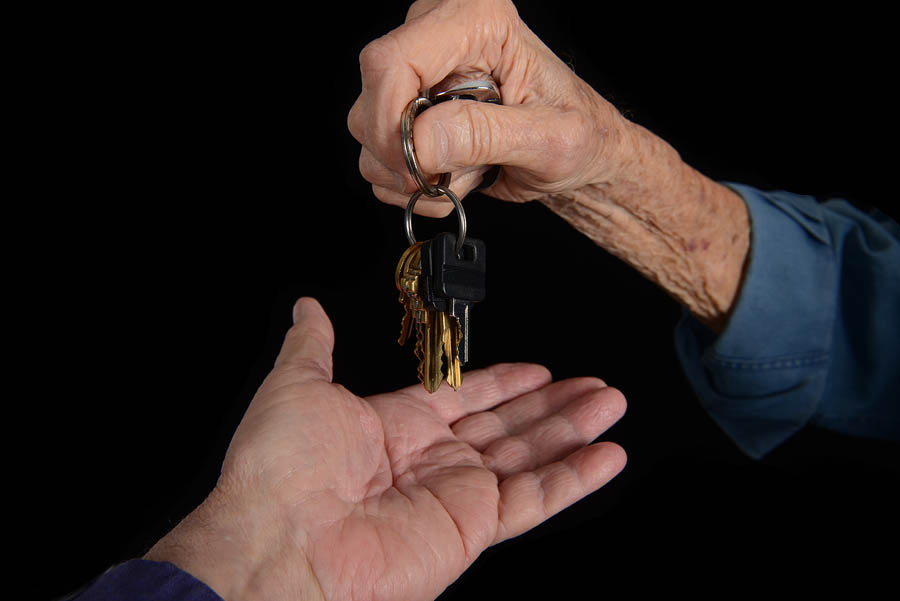The Average Age Seniors Stop Driving
Category:

As you get older, driving can become more and more dangerous. Seniors giving up driving or limiting driving may be the safest options to move forward. But how would you know the right time to do so? We’ll take a look at some general statistics about seniors driving and provide info on when it’s the right time to stop.
Senior Driving Statistics
According to the Centers for Disease Control (CDC), older drivers (over age 75) have higher crash rates than middle-aged drivers (aged 35-54). AAA also reports that older drivers are more fragile and their fatality rates are 17 times higher than those aged 25-64.
Here are some more elderly driving statistics from AAA:
-
80% of people in their 70s suffer from arthritis and crippling inflammation of the joints, which creates pain when turning, twisting, and flexing.
-
Seniors have difficulty gripping and turning the steering wheel, reaching to open doors and windows, and pressing the accelerator or brake due to weaker muscles, flexibility, and range of motion.
-
More than 75% of drivers older than 65 use one or more medications but only ⅓ are aware of the impact these medications have on driving performance.
-
In 2014, almost 6,000 senior drivers were killed and 221,000 were injured in traffic crashes.
-
In 2009, more than 58% of deaths in crashes involving drivers over age 65 were due to the drivers themselves. Meanwhile, 28% of these deaths were bicyclists, pedestrians, and vehicles. In contrast, drivers younger than 21 were responsible for 40% of deaths in crashes involving their demographic that same year.
However, these statistics do not necessarily inform you of when it’s the right time to stop driving. Let’s take a closer look at other factors to help seniors decide when to give up driving.
Download a Free Guide to Home Care
When Should Seniors Stop Driving?
There is not an average age seniors stop driving because getting older isn’t what makes them susceptible to motor vehicle accidents. Instead, these accidents stem from other health problems that occur with age. Here are a few warning signs on when it’s time to give up the wheel:
-
Stopping at green lights or when there is no stop sign/running red lights and stop signs
-
Misreading traffic signals
-
Getting lost in areas one is normally familiar with
-
Getting in accidents or side-swiping cars
-
Hearing from friends and family who are concerned about your driving ability
Additionally, you should always be aware of prescription drug side effects, hearing impairments, vision impairments, and other health conditions to monitor whether you’re able to continue driving.
Driving Alternatives for Seniors
When continuing to drive is no longer a possibility, seniors will have to take advantage of other options to work around using a car. If you still need to drive, these are some things you can do to keep safe:
-
Drive only in familiar places or within a certain radius of your home
-
Avoid driving at night or in adverse weather conditions
-
Stay off expressways
-
Limit distractions by turning off the radio and avoiding conversations with other passengers
-
Do not text or talk on the phone
Finally, if you need to stop driving entirely, you can utilize one of the below options. Be sure to adhere to all necessary COVID-19 safety precautions as well.
-
Ask family and friends to drive you to important appointments
-
Use mass transit and paratransit
-
Get delivery for groceries and other essentials as needed
-
Look into senior healthcare providers that provide transportation
Subscribe
Date: December 1, 2020
Category:


